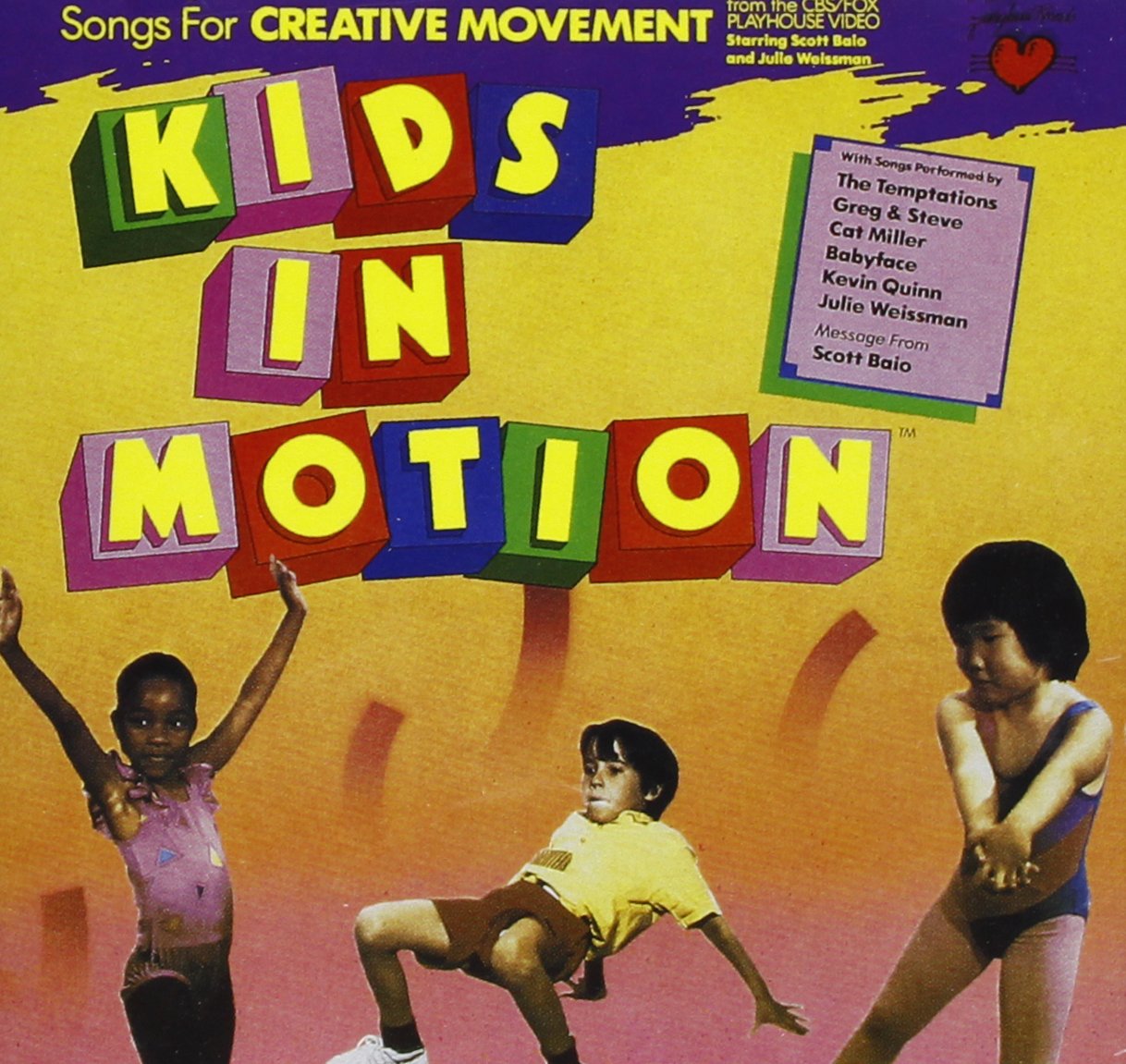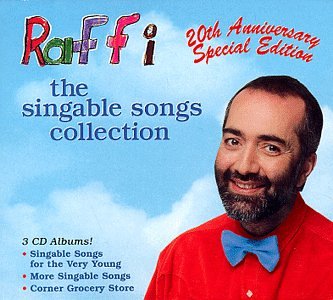Last spring I was on a search for a home, faith based preschool program that I could do at home with my son. Although, I knew I was going to send him to PK 2 mornings a week this fall (yes, it started this week...sniffle!), I wanted something I could do to supplement what he was learning academically with what I wanted him to learn spiritually. I came across
Little Saints: A Catholic Preschool Program with Classical Disciplines by Cynthia A. Blum and Julie Kelly online and knew this was it! (cost $50 plus tax and $4 shipping) This curriculum included 3 lessons per weekly theme (takes about 1-1 1/2 hours to complete).
I know, I know, for all you modern mamas out there, the name sounds awful..."classical disciplines"...UGH! Sounds horrendous! But as soon as I opened up the curriculum, I knew it was for me and my son! This curriculum teaches traditional morals such as being kind and loving one another, generosity, compassion, understanding, friendship, etc. while presenting them in appropriate weekly PK thematic units (some examples: Alphabet, 5 senses, Safety Friends, Zoo animals, winter fun, various holidays, Insects, Plants, and so on...you get the idea). Now if you have read my Tip Tuesday post this week on
Thematic Therapy, you know how much I LOVE thematic therapy so this of course is right up my alley.
The one criticism, I have read about this program online is that it requires a lot of prep work. Well I guess if you follow each activity exactly as they are written (which come on now...I'm an SLP, my life is all about "modifying") it could require much prep work. For me, since I am used to making many of my therapy materials myself, making adapted/modified PK materials is not much of a challenge. And whenever I make something that can be reused, I make sure to do that! I do NOT believe is reinventing the wheel!!!
Also the books on the suggested reading list are numerous, however you can supplement them with whatever books you choose. I found some nice books at my public library and my church's library actually so...that is a plus!
I thought, since I am taking this journey with my son this year, I'd bring you all along with me! This week I'll explain my pk process/schedule as well as the fun activities we've been doing relating to the week's theme of "Belonging to God".
The PK process:
So what is my process for doing PK at home? Well firstly I want to say that I have taken every single idea you see below from the many wonderful early childhood teachers I have worked with in the past. I'm not nearly this brilliant! :)
Name "Sign-In": I know this isn't a classroom full of kids, but even though we are at home, I still want my son to practice writing his name daily, so I tell him he needs to "sign in" so I know he's here! This way we works on letter naming (we ID each letter and the sound they make), letter writing (as best he can to work on fine motor skills), and name recognition (I actually have several names on the name cards and he has to find his own).
Yes, he connected the dots to trace each letter but still pretty impressive if I may say so myself!
Morning Hello and Prayer: My son and I begin by singing a "Good Morning" song, followed by saying the Our Father and a special prayer of thanks that we are able to be together that day. (My goal: beginning each morning in the presence of God)
Calendar Time: This is when we go over the DOW, MOY, Weather, and Date. We also do some counting (1-20). I use
Steven and Greg-We All Live Together (Vol 2) to teach these skills (you can find out how to get your own copy by clicking on the link). My son loves the
Addam's Family version of Days of the Week so that is what we do (check it out on youtube). Here's a cute
MOY song you can check out too.
Here is a picture of my MOY and DOW (I just printed them out from Microsoft word and laminated for reuse)
Here is my calendar and 1-20 # chart. I bought these at the dollar tree believe it or not! I laminated the apple dates, put contact paper over the calendar and hung the numbers using poster putty. I made a simple AB pattern with the calendar apples but as weeks continue through the year I'll be changing up my patterns. My son LOVES to count from 1-20 via
The Number Rock (check it out on youtube). In fact we have been signing the number rock off and on for a few months now and my son can now count to 50 by himself!
Ah, the power of learning through music!
I bought these cute weather cards at dollar tree as well and put contact paper over them so I can reuse them as well. This is not the song we sing, but if you are looking for a
weather song you can check out this one (or others on youtube).
Daily Scripture and Lesson Emphasis: Each lesson of this curriculum comes with a daily scripture to focus on. I write it out on a dry erase board, I read it and we discuss (mostly I explain at this age) what it really means. That turns into me emphasizing what I feel is the most important thing about that day's lesson.
Don't judge my awful writing in this picture. I was in a hurry!
Storytime: At this time, my son and I snuggle up and I read either some of the recommended books from the curriculum or a few books I so choose that relates to the theme. This weeks theme was "I belong to God" and we have been discussing how God made us all special and that we are His children. My son LOVES this book I borrowed from my church's library so we have been reading and re-reading it all week.
It's a super cute book about a little boy who wanders how God made him. Did God use clay, snow, wood, dough, etc.?
Fingerplays/music fun: After books, my son and I spend time saying curriculum made nursery rhymes as well as playing some fun kid friendly music and dancing around the house. We follow directions in songs, make up our own dances, or just get wild and crazy and shake our wiggles out! Here are some of my favorite kid CDs we play (click on each picture to take you to the amazon page for more details):




We spent time snuggling today and looking at photos of my son growing up while listening to these child friendly hymns and it was so nice!
Art: There is always a daily art project suggested for each lesson in this curriculum. B/c I have so many craft materials already that I use for therapy, I have yet to find an art project I will have to buy materials for (and yes I've looked through the first semester of lessons...so until the new year, I'm set. Yay!).
Here are a few of the art projects we've done this week:
After making his hand prints, I told my son to finger paint a picture of himself and God and this is what he came up with. He added his mommy, daddy, and his dog, Max, of course!!! What a sweetie!!!
 |
| Did you notice my son is still wearing his PJs?! That's his favorite part about doing Pk at home...he doesn't have to get dressed right away if he doesn't want to and today was a PJs day I guess! Ha! |
This was supposed to be made in felt but since I know my son's love for painting I decided to do watercolor art instead. We discussed all the parts of our body and that God made each one and then my son painted clothes to put on this picture of himself!
Learning Games: Art is followed by learning games which are academically focused.
This learning game is about matching up same pictures but since my son knows how do to that already, we did "memory" instead.
This activity was supposed to be made of index cards and religious stickers, but I didn't have any cute packs of stickers so I just went to online, copy and pasted 5 images to PPT and printed 2 copies and voila'...my memory activity was born! Easy peasy! So as you can see I don't follow every activity to the letter but as long as the goal is the same, in this instance understanding same vs. different, I don't think it matters how you get there.
This is another learning activity we will be doing tomorrow. My son will get to color the front of this card (we of course will talk about colors and who this is, who is in the picture with Jesus, and who my son thinks Jesus loves). When he opens the card, my son will find a picture of himself staring back at him. He will write his name at the bottom of the card (another great writing opportunity) and done!
And that's pretty much it for our 1st week of home-Pk "I belong to God". I personally LOVE being so involved in my son's learning and development and I LOVE that I can talk about Jesus and share with him my beliefs and instill in him my morals!!!
Next week we will focus on the alphabet and maybe if I'm on the ball, I'll share with you our art activities and learning games :)
Do you home school? If so, what grades are you teaching and what made you decide to do so? Please share in the comments below! I think this could be an awesome discussion!!!
Enjoy and Happy Talking...and Schooling!!!















